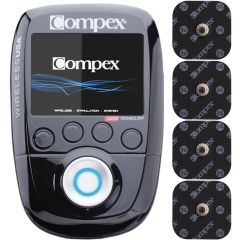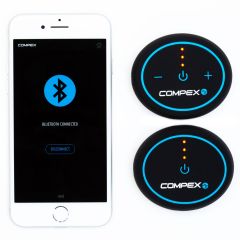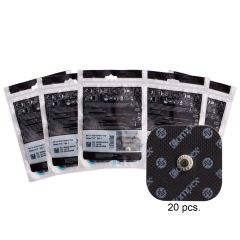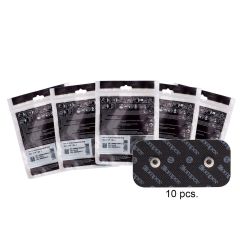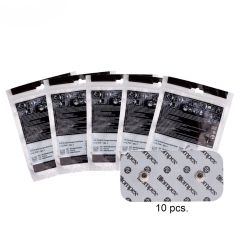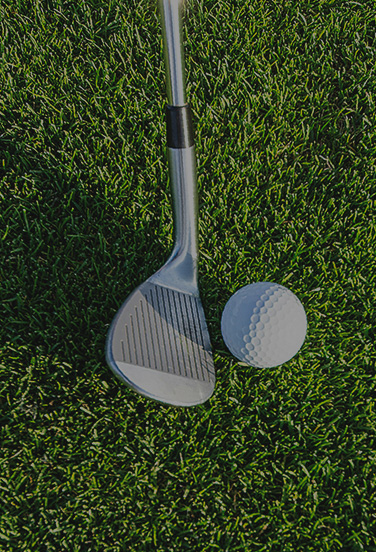It may be the quietest sport on a decibel level, but it sure is loud when it comes to measuring interest. While golf differs greatly from other sports in the untraditional speed, movement, and apparent action involved, there is a whole lot more going on internally for golfers to function at the levels of intricacy that they do. Here's how to integrate Compex into your golf training regime. We'll knock out using the hole in one reference now, so you don't need to worry about that one.
Compex Electrostimulation Training Program for Golf
| Offseason / Preseason Prep | Monday | Tuesday | Wednesday | Thursday | Friday | Saturday | Sunday |
|---|---|---|---|---|---|---|---|
|
Week 1
Week 1(static) |
[Resistance] Quads and Calves |
[Resistance] Shoulders and Deltoids |
[Resistance] Forearms |
[Resistance] Quads and Calves |
[Resistance] Shoulders and Deltoids |
[Resistance] Forearms |
|
|
Recovery
Recovery |
[Pre warm up or training recovery] minimum 6 minutes |
[Pre warm up or training recovery] minimum 6 minutes |
[Pre warm up or training recovery] minimum 6 minutes |
[Pre warm up or training recovery] minimum 6 minutes |
[Pre warm up or training recovery] minimum 6 minutes |
[Pre warm up or training recovery] minimum 6 minutes |
[Pre warm up or training recovery] minimum 6 minutes |
|
Week 2
Week 2(static) |
[Resistance] Quads and Calves |
[Resistance] Shoulders and Deltoids |
[Resistance] Forearms |
[Resistance] Quads and Calves |
[Resistance] Shoulders and Deltoids |
[Resistance] Forearms |
|
|
Recovery
Recovery |
[Pre warm up or training recovery] minimum 6 minutes |
[Pre warm up or training recovery] minimum 6 minutes |
[Pre warm up or training recovery] minimum 6 minutes |
[Pre warm up or training recovery] minimum 6 minutes |
[Pre warm up or training recovery] minimum 6 minutes |
[Pre warm up or training recovery] minimum 6 minutes |
[Pre warm up or training recovery] minimum 6 minutes |
|
Week 3
Week 3(add dynamic based on how body feels) |
[Resistance] Quads and Calves |
[Resistance] Shoulders and Deltoids |
[Resistance] Forearms |
[Resistance] Quads and Calves |
[Resistance] Shoulders and Deltoids |
[Resistance] Forearms |
|
|
Recovery
Recovery |
[Pre warm up or training recovery] minimum 6 minutes |
[Pre warm up or training recovery] minimum 6 minutes |
[Pre warm up or training recovery] minimum 6 minutes |
[Pre warm up or training recovery] minimum 6 minutes |
[Pre warm up or training recovery] minimum 6 minutes |
[Pre warm up or training recovery] minimum 6 minutes |
[Pre warm up or training recovery] minimum 6 minutes |
|
Week 4
Week 4(add dynamic based on how body feels) |
[Resistance] Quads and Calves |
[Resistance] Shoulders and Deltoids |
[Resistance] Forearms |
[Resistance] Quads and Calves |
[Resistance] Shoulders and Deltoids |
[Resistance] Forearms |
|
|
Recovery
Recovery |
[Pre warm up or training recovery] minimum 6 minutes |
[Pre warm up or training recovery] minimum 6 minutes |
[Pre warm up or training recovery] minimum 6 minutes |
[Pre warm up or training recovery] minimum 6 minutes |
[Pre warm up or training recovery] minimum 6 minutes |
[Pre warm up or training recovery] minimum 6 minutes |
[Pre warm up or training recovery] minimum 6 minutes |
|
Week 5
Week 5(add dynamic based on how body feels) |
[Resistance] Quads and Calves |
[Resistance] Shoulders and Deltoids |
[Resistance] Forearms |
[Resistance] Quads and Calves |
[Resistance] Shoulders and Deltoids |
[Resistance] Forearms |
|
|
Recovery
Recovery |
[Pre warm up or training recovery] minimum 6 minutes |
[Pre warm up or training recovery] minimum 6 minutes |
[Pre warm up or training recovery] minimum 6 minutes |
[Pre warm up or training recovery] minimum 6 minutes |
[Pre warm up or training recovery] minimum 6 minutes |
[Pre warm up or training recovery] minimum 6 minutes |
[Pre warm up or training recovery] minimum 6 minutes |
Tips on how to use our golf training program
- The above plan is a recommendation, but the overall goal is to use the resistance program on each muscle group twice a week.
- Static means you are stationary in a comfortable position.
- Dynamic work (body squats or calf raises) should only be done during the season.
- Remain standing whenever using the resistance program on your calves.
- During your workouts should be the full workout period of 12 minutes.
- During the season, use Pre Warm for pre-game and during game sessions. For post-game recovery sessions, use Pre Warm Up or Competition Recovery for a minimum of 6 minutes**. The longer, the better!
- The plan above is meant for season prep, however, if you continue your workouts in season the recommendation is still 2 times a week per muscle group, but instead of the full 12 minute workout, aim for 8 minutes or less depending on how your body feels.
Featured Products
Optimize your performance with Compex
What sort of training
is best for golf?
Golf is a sport that demands precision, control, and a strong mind-body connection. To excel on the golf course, players need not only technical skills but also physical conditioning. The following are three areas that we'd highlight focusing on to improve your game.
Strength Training
The foundation of any solid physical performance is based on the strength of the athlete. When a golfer puts time and intention toward building their strength, they will notice results and improvement in their stability, coordination, and likely even precision. While heavy lifting is not necessary for golf, strengthening your back, shoulders, and core will contribute toward improving your game.
Stability & Core Strength
As the sport of golf requires balanced posture and stillness, taking time for stability exercises will greatly complement your play on the green. A strong core supports everything else you do for training, as well as increasing athlete longevity.
Flexibility & Mobility
Because golf features a repetitive motion that targets the same muscle groups over and over when it comes to driving, improving your flexibility and mobility in your shoulders and back will do you well in the long run. Protect your shoulders when you practice mobility and strengthen the surrounding muscles, so that driving is a walk in the park... or on the range.
While traditional training methods are essential, modern technology offers innovative tools that can take your golf training to the next level. Let's take a look at how muscle stimulators can be effectively utilized to enhance your golf performance—providing you with a competitive edge and improved overall game.

How does Compex
support golfers?
Muscle stimulators, also known as electrical muscle stimulation (EMS) devices, are designed to send electrical impulses to muscles, causing them to contract. These contractions simulate the natural muscle movements that take place during physical activity. Think about the core strength and balance of the tee up. The smooth swing of a golf club. Muscle stimulators offer different programs to enhance the training capacity of muscles. As muscle stimulators target specific muscle groups, they play a major role in enhancing muscle strength, building endurance, aiding in recovery, and contributing to injury prevention.
Core Stability:
Golf swings require a strong and stable core. Not to mention a level of focus uncommon to many in this era. Muscle stimulators can target core muscles, helping golfers maintain a solid foundation and improved posture during their swings. Incorporate muscle stimulators into exercises that focus on core strength, such as planks, leg lifts, and bridges. By engaging core muscles, you'll develop better stability during your swing.
Muscle Activation:
Muscle stimulators engage a higher percentage of muscle fibers than traditional training methods alone. Focus on the muscles of the back, shoulders, and arms specifically to enhance your swing power and control. This enhanced muscle activation can result in improved swing power and control.
Precision and Balance:
Golf demands precision and balance, and Compex can help with that. By targeting muscles involved in balance and posture, muscle stimulators help golfers develop better stability throughout their swings. Think balance accelerated to the next level. These exercises can include single-leg stands or stability ball exercises, helping you improve your overall balance and coordination on the course.
Recovery:
After a day of practicing or playing, use muscle stimulators' recovery programs to alleviate muscle soreness and promote faster healing. Giving those muscles extra oxygen by sending them electrical impulses will enhance your recovery time - ensuring you're ready for your next golf session.
Injury Prevention:
Muscle stimulators provide a low-impact way to activate muscles, reducing the risk of strain and injury. Additionally, they can aid in rehabilitation for golfers recovering from injuries. Get back out on the green quicker.
BEST EXERCISES TO TRAIN FOR GOLF
As mentioned, training for golf requires a combination of strength, flexibility, stability, and mobility. Golf swings involve intricate movements that demand coordination and control. Pair solid training with dedicated time using Compex muscle stimulators, and you're setting yourself up for an eagle level of play. Here are the types of exercises that we recommend most for golf training:
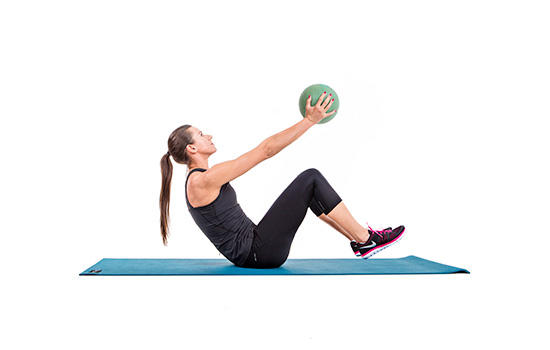
ROTATIONAL EXERCISES
Golf swings involve a lot of rotation through the torso. Exercises like medicine ball twists, cable woodchoppers, and seated Russian twists can help enhance your rotational power and control. Try working with resistance bands secured to a post to increase rotational strength and torque for your swing.
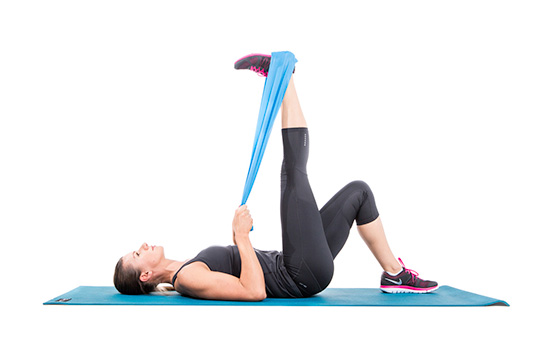
RESISTANCE BAND WORK
Resistance bands are excellent tools for golf training. They can be used to perform exercises that strengthen your shoulders, hips, and core while also improving your flexibility.
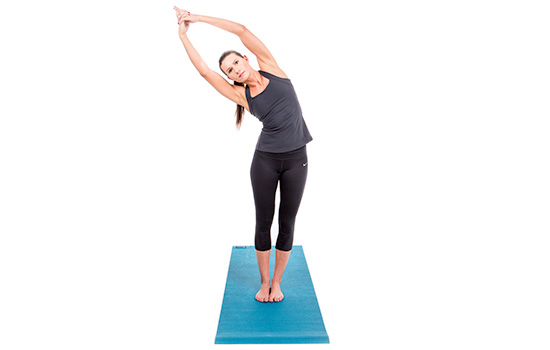
FLEXIBILITY AND MOBILITY
Golfers need flexibility and mobility to achieve a full range of motion during their swings. Again and again and again. Incorporate routine stretching and mobility exercises that target your shoulders, hips, and thoracic spine. Regularly stretching out your back and upholding mobility will benefit not only your golf game, but your overall wellness. Add to that, yoga and pilates can enhance your flexibility, balance, and overall body awareness, contributing to a smoother and more controlled swing.
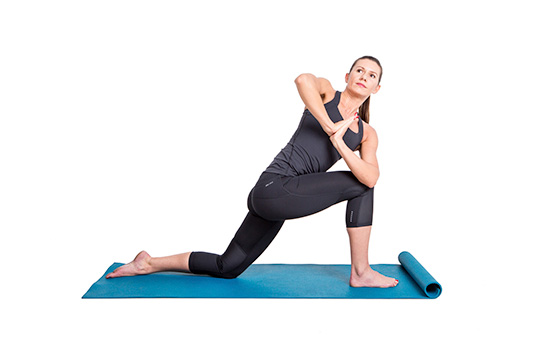
HIP MOBILITY
Did you know we hold stress and tension in our hips? Not only can you ease that, but improve your golf game too. Hip mobility is vital for generating power and upholding your posture as you swing. Incorporate hip circles, leg swings, and hip flexor stretches to support your hip flexibility. And watch your stress levels dissipate.
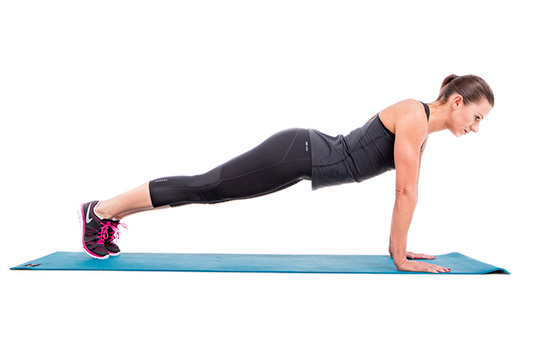
CORE STRENGTH
A strong core is essential for generating power and maintaining stability during your golf swing. Choose exercises like plank variations, slow bicycle crunches, dead bugs, and bird dogs to help strengthen your core muscles. Think slow, methodical movement rather than rushing through core work.
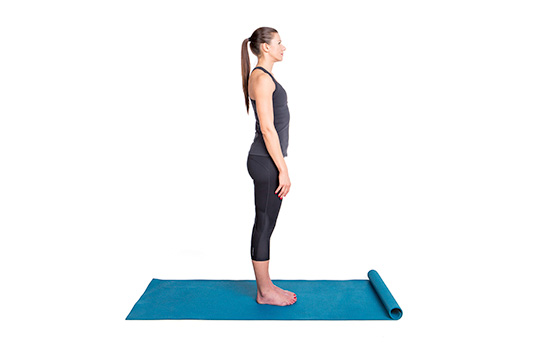
POSTURE AND ALIGNMENT DRILLS
Perhaps the sport that focuses most on posture and stillness, calling for posture drills as part of your regimen. Add in exercises that emphasize proper posture and alignment to support a strong posture. Wall angels and alignment drills can help you maintain a consistent setup and address position.
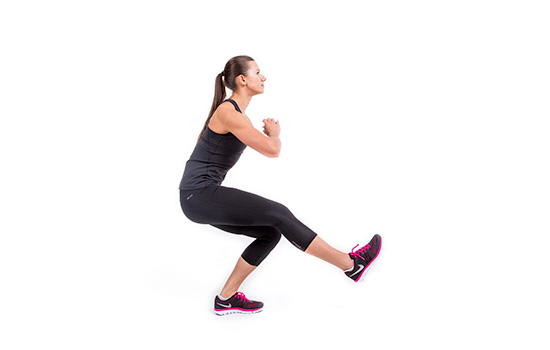
SINGLE-LEG EXERCISES
As a golfer you know, the sport requires pristine stability and balance. Single-leg exercises like single-leg squats and single-leg deadlifts can help improve your stability, control, and coordination. This plays a role in supporting your level of play, while also contributing to your longevity. Since single-leg work builds not only strength but also balance and control, they are invaluable for physical wellness.
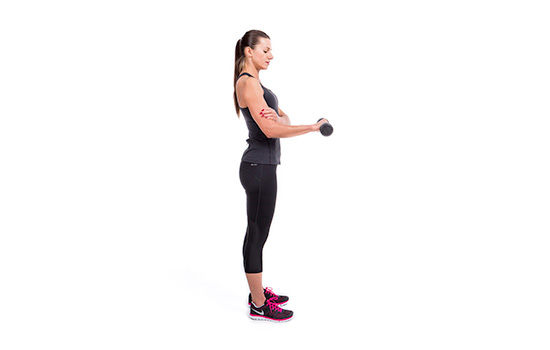
STRENGTH TRAINING
While golf isn't about heavy lifting, targeted strength training will benefit your game. Focus on exercises that target the muscles involved in your swing. We'd highlight lifting specifically for your back, shoulders, and core. Try lightweight lifts that target the small muscles surrounding your shoulders: High reps, low weight, and low impact.
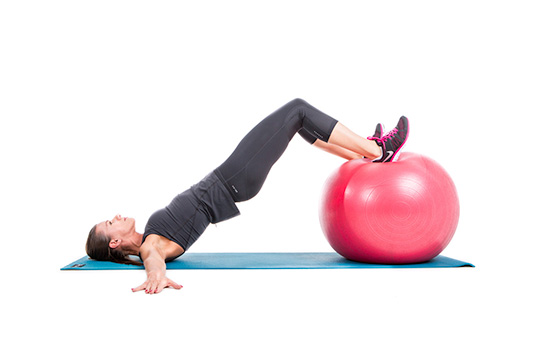
STABILITY BALL
More core work, but they deserve a call-out for themselves. Stability ball exercises engage your core and challenge your balance, both of which are essential for a consistent and controlled golf swing. Try exercises like stability ball bridges and stability ball pikes. By not only strengthening muscles involved, they also incur balance for an efficient exercise.
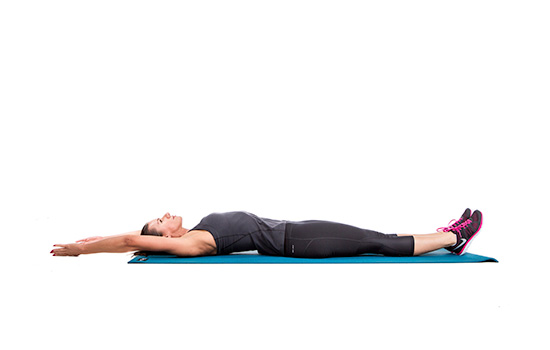
MENTAL FOCUS AND BREATHING TECHNIQUES
Perhaps not what you thought you'd see in a list of exercises. Yet we find it imperative. Golf involves supreme mental preparation for time out on the course. Routine practices like mindfulness, meditation, and controlled breathing can help you stay calm and focused on the course. Of course there are apps for that these days. Even starting with 2 minutes a day of closing your eyes and doing nothing (before your head hits the pillow) is shown to benefit your mental state.
The contents of this blog were independently prepared and are for informational purposes only. The opinions expressed herein are those of the author and are not necessarily indicative of the views of any other party. Individual results may vary depending on a variety of patient-specific attributes and related factors.


